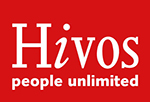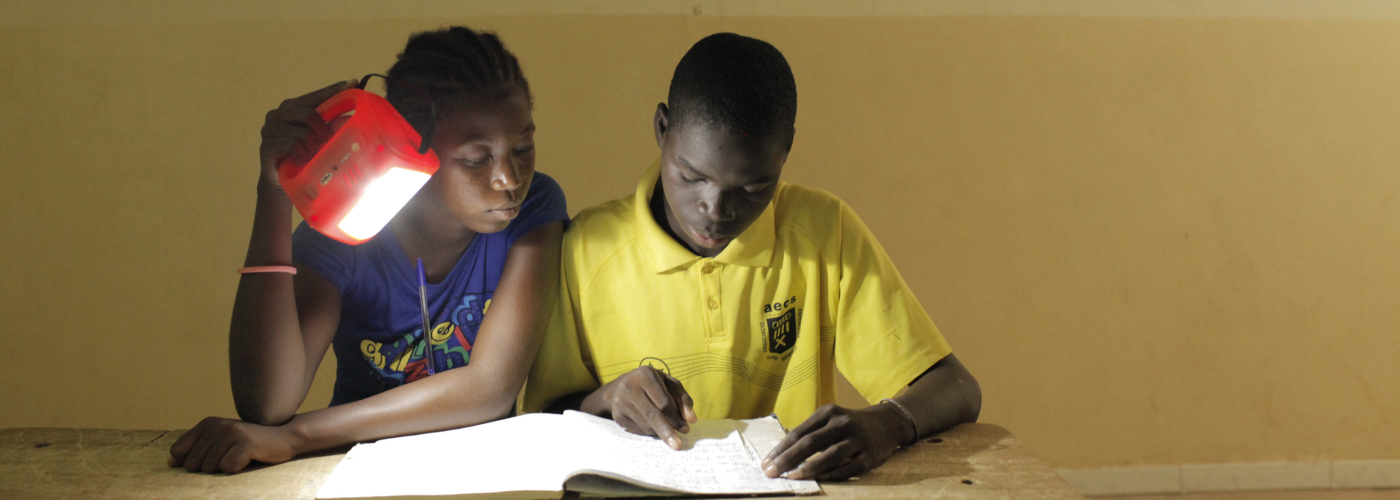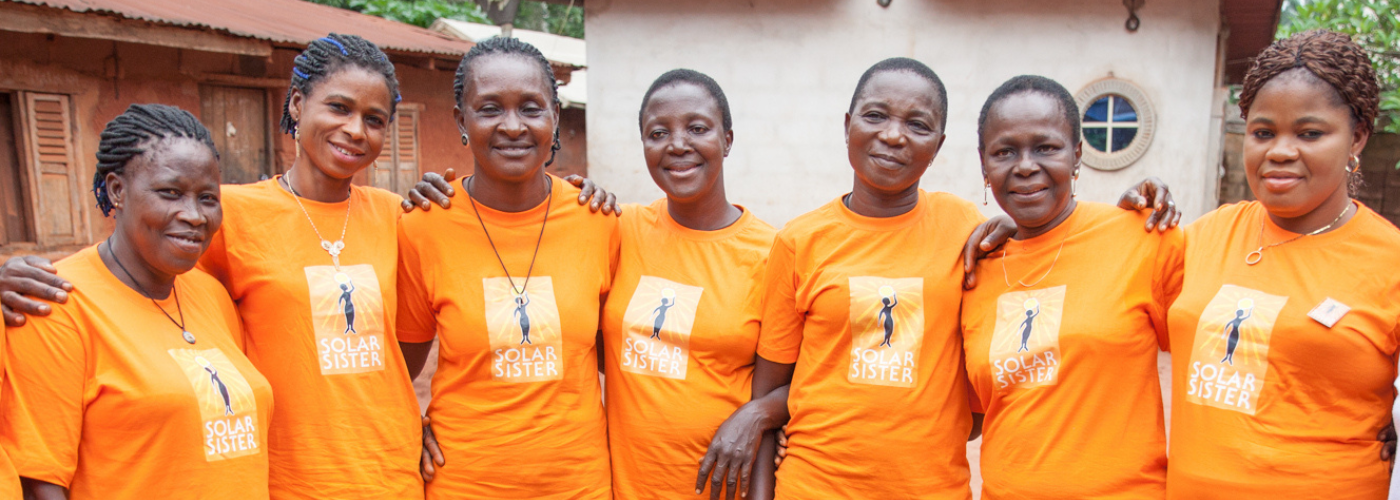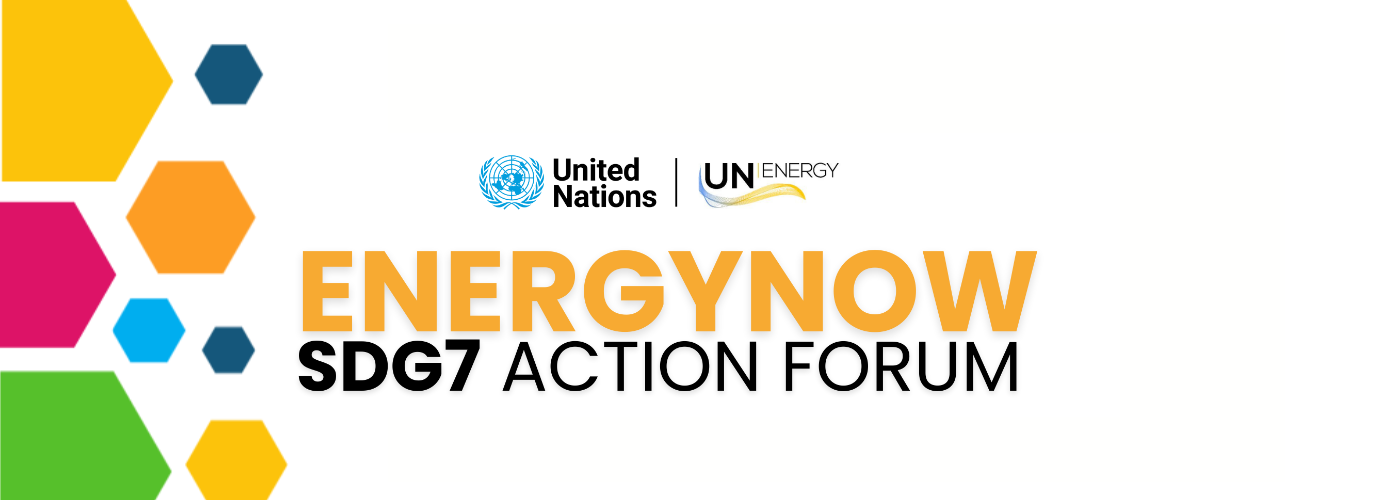Design challenges are common to most program evaluations, but this is especially true for programs that measure women’s economic empowerment. This is because of the interdependence between women’s economic and social roles, which influences their business choices and returns to those businesses. For example, because women have significant family responsibilities, they may have different goals for their businesses, such as less growth but the option to work from home. This makes the choice of measures used to capture empowerment particularly complex.
Building on the results of the Roadmap report (2013), the United Nations Foundation and the ExxonMobil Foundation commissioned five expert researchers to produce independent think pieces on distinct measurement topics.
In 2014, the foundations convened the researchers to discuss their recommendations and identify a common set of widely applicable outcome measures across two categories: urban women entrepreneurs and business leaders, and rural women entrepreneurs and farmers.
The Measuring Women’s Economic Empowerment report (2015), a companion to the Roadmap report, summarizes recommended measures to assess intermediate, direct, and final outcomes of women’s economic empowerment programs. Outcomes of interest are women’s increased productivity, income, and well-being.







